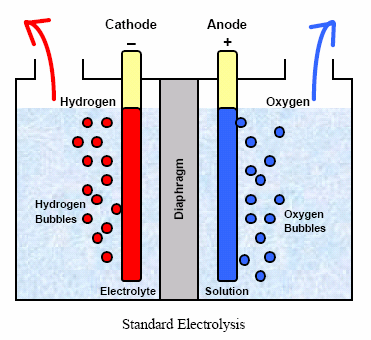Basic Human Needs to Live on Mars
As humans we have acquired a set of factors or needs and wants that help us survive on this planet. The pursuit of clean air to breathe, food and water for sustenance, and clothes to provide warmth and protection, are examples of such needs and wants. Nevertheless, colonizing any new planet is a challenge because of these factors. However, with new innovations and research such challenges can be met and overcome. Further, various scenarios and answers to such challenges have been devised for Mars to become the prime candidate for future interplanetary exploration and human colonization.
Water On Mars
One of the most challenging problems in Mars colonization is the need and supply of clean water. Experts have concluded that the human body can “survive without food for up to two months” (Everitt & Izundu, 2014). However, the human body can only last “one week” in good conditions or just “three to four days” without water (Spector, 2014). Therefore, NASA has designed and developed the forward osmosis bag. This bag is designed to convert dirty water into a liquid that is safe to drink using a semi-permeable membrane and a concentrated sugar solution. In addition, investments in the forward Osmosis bag is a great venture, because not only will it be needed for space exploration, but our future here on Earth.

This Image Describes how the forward Osmosis bag filters water. Dirty water is passed through a special membrane where only small molecules, such as clean water are able to pass through, then larger molecules like salts, sugars, starches, proteins, viruses, bacteria and parasites are blocked.
Food On Mars
Finding a source of food on Mars will be a challenge. However, it has been tested in space travel to the ISIS space station, that dry foods can provide a good source of nutrition. For the pioneers of Mars settlement this will be there main dietary meal. Meals will be freeze-dried on Earth, then rationed and rehydrated on Mars.

This image illustration depicts several dietary meal that will be packaged and dried on Earth for each settler on Mars. It is similar to the food served on the ISIS space station today. Food will have to be rationed. Therefore, a constant flow of dry foods will have to be sent from earth to settlers, which will then be rationed by the settlers.

Supplies sent from Earth can be used to create a greenhouse. A variety of plants can be grown to supply food and Oxygen. After several years the green house will provide oxygen to create an atmosphere such as Earth’s.
Air On Mars
However, the idea of oxygen coming from plants will take years to complete. During the beginning of Mars settlement, pioneers will have to rely on water electrolysis. Water electrolysis is the process of using “electricity from… solar panels to split water into hydrogen gas and oxygen gas” (Barry, 2000). This will provide the first settlers of Mars with clean and renewable air.

This image shows the process of water electrolysis. Electricity from panels are used to split water molecules into hydrogen gas and oxygen gas.
Clothes On Mars
The Mark-III Space Suit is an example of such an innovation. The Mark-III Space Suit provides an “adequate carbon dioxide (CO2) washout inside the helmet to prevent symptoms of hypercapnia” (Meginnis, 2016).These suits provide breathing conditions like that of Earths. Nevertheless, space suits such as the Mark-III are being developed to provide many more features to better living conditions. In the beginning of Mars settlement space suits will have to be worn at all times. Once an atmosphere is established on Mars, space suits on Mars will be a thing of the past.

This image shows the advances in space suit technology. On the left hand side is a slim modern suit that is being designed for space travel. On the right hand side is a Mark-III space suit in use today for space travel.
Published By: Juan Carlos Peralta; Read more (NessecitiesMars)



